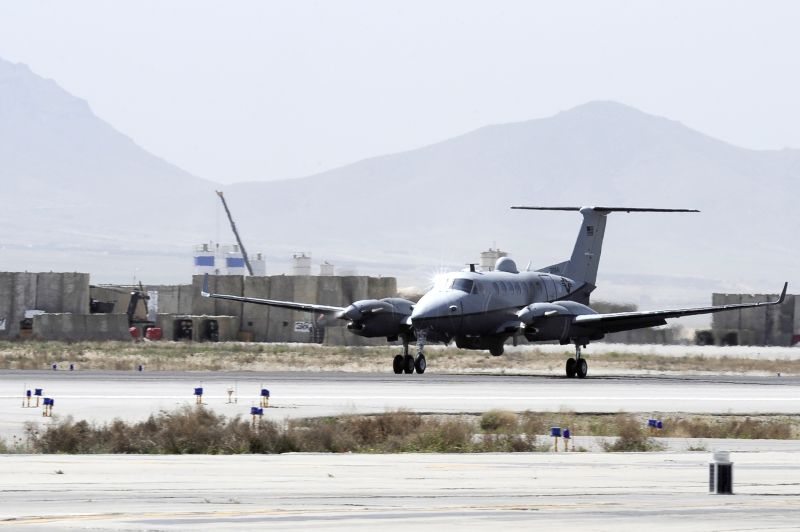They decide which targets to attack, direct air and ground forces and help prevent civilian casualties. Meet the air reconnaissance controllers of the First Squadron, the people who see everything.
In between wars, the importance of intelligence is constantly increasing. In order to prevent an attack or decide which targets to strike, the Israel Air Force has to track multiple intelligence assets at once. On a daily basis, the air reconnaissance controllers of the First Squadron take off to provide visual intelligence for different users.
An integral part of every mission
Air reconnaissance controllers take part in a range of operational activities: Preliminary reconnaissance, surveillance of suspects, targeting fighter jets and damage assessment after an aerial strike.
“The controllers gather the initial intelligence with which we can carry out missions and provide information to pinpoint suspects’ movements,” says Staff Sergeant Niv, an air reconnaissance controller of the squadron. “Many operations depend on us, which means that if our planes are not in air, the operation stops.”
When choosing targets to attack, one of the controllers’ main goals is to prevent civilian casualties. Many attacks are often canceled for fear of harming innocent people, sometimes while the fighter jet has already taken off and is ready to attack. “This is a high priority mission for us, especially when we operate in highly populated areas as we did in Operation Pillar of Defense‘” adds Staff Sergeant Niv.
Over the course of eight days during Pillar of Defense, the IDF targeted more than 1,500 terror sites across the Gaza Strip. These targets, which included high-level command centers, weapons factories and underground rocket launchers, were acquired through weeks of slow and painstaking intelligence work.
Minimizing civilian casualties in battle zones has always been a major priority for the IDF. Terrorists are known to fire rockets at Israel from populated areas, using civilians as human shields.
Despite this tactic, the IDF pinpoints terrorist sites. The IDF’s Intelligence Corps begins this process by collecting information on centers of terror activity, such as weapons caches or the whereabouts of wanted terrorists. Highly-classified IDF monitoring sites, called fire centers, also play a central role in coordinating strikes on terrorist targets, ascertaining at every stage of an attack the likelihood of injuring civilians.
Every terrorist target must pass through several stages of approval to avoid hitting civilians and harming infrastructure and property. Since the information is centralized, it is possible to better maintain control, thus minimizing harm to civilians.
“No Intelligence; No Operation”
Today, almost every mission involves the air reconnaissance controllers. “Intelligence is a vital part of any operation, just like a fighter jet attacking a target,” explains Staff Sergeant Daniel, who is also an air reconnaissance controller.
The controllers assist in planning the operational sorties, understanding worldwide reconnaissance developments and managing the squadron in practice.
“Their level of ambition is amazing,” Staff Sgt. Daniel says. “At the end of the day, the most exciting part is when the operation you helped carry out is on the news”.










